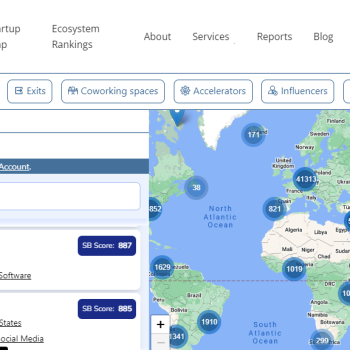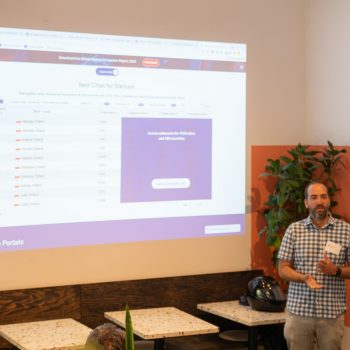There’s a well-cited statistic that has plagued the business world for years: nearly half of all startups will fail within five years. Of course, every entrepreneur that has a great idea for a product or service never believes that they’ll be one of those people who don’t make it. But when one of two business owners never see their business succeed, the odds are stacked against you. To tip the statistic in your favor, it’s best to analyze why those businesses fail. Understanding the mistakes of failed startups can help you avoid the same dismal fate. Here’s why half of all startups fail within a few years:
No Market Need
According to CB Insights, 42% of startups fail because there was no market need. Many entrepreneurs are so invested in a new idea or concept that they fail to do the research and properly identify the market demand. Just because you discover something useful to you and your friends doesn’t mean it’s useful to others. There’s nothing wrong with building a company around an ultra-niche idea, but something that’s too niche can be difficult to scale, and it’s important that you look at the long-term potential of a business before you start putting things into motion.
Before you begin, ask yourself, is your product or service something that solves a problem to a bigger market, and can it be used again and again? Engage with your target market. Gather feedback and perhaps even work with a research agency who can help you truly hone in on market need. You should also look into your competitors. A novice mistake many entrepreneurs make is believing that if they don’t have any competitors, it’s a good thing. However, having competition can speed up your learning curve and validate the market need.
Running Out of Money
The second most common reason that startups fail is simply because they ran out of money to take the business any further. Roughly 29% of businesses collapse because of low capital.
“If you can a company should always raise more capital than it thinks it needs,” says Lee Jacobs, a former partner at AngelList. “The reality is that as good as you think you are going to be at executing, you are going to make mistakes, hire the wrong person, waste money in all sorts of different ways. It will be important you to have a cushion.”
It’s important to keep in mind that although startups are launching at a higher volume than ever before, and VCs are making more investments than ever, the vast majority of startups never receive that extra capital. It would be a poor choice to assume that you’ll get funding, so it’s crucial that your initial business plan focuses on sustainability and profitability.
The Wrong Team
The people you choose to do business with can make or break your company’s success. Twenty-three percent of businesses fail because they don’t have the right team members in place. Each member of your team should be motivated, fair, and passionate about the business idea. Just because you know a person who is a solid programmer and can complete tasks with aplomb doesn’t mean they’d make a good CTO.
Each member of your team should be carefully selected, and it’s best to build a team that has a mix of experiences and can bring diversity to the business. Even major companies make costly mistakes when it comes to onboarding. Tony Hsieh once stated that bad hires costed his company an estimated $100 million.
The Competition Wins
Having too much competition can hurt the business. Sometimes, a startup is a “first mover” in a space, but it quickly outwitted by an established company simply invades that market space. Nineteen percent of businesses fail because of a high level of competition. As such, it’s important that you consider what you have that’s proprietary. Can your business concept be easily duplicated? Make a list of current existing competitors, as well as businesses that could potentially be competitors.
For example, take the startup company Campsite. Campsite is a social media tool that allows brands to leverage the one link that Instagram allows in profiles. It does this by making it easy for brands to create a “campsite” page that aggregates several links that the company hopes to promote. However, what would happen if Instagram decided that this was a good idea, and integrated that same feature in a future update? The need to use Campsite would become obsolete. For this reason, it’s important to cover all your bases and think about all the ways your business could be outwitted.
Written by Jeremy Biberdorf






